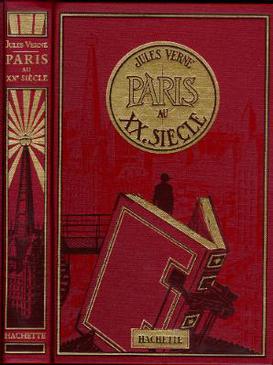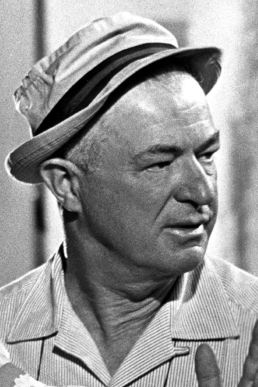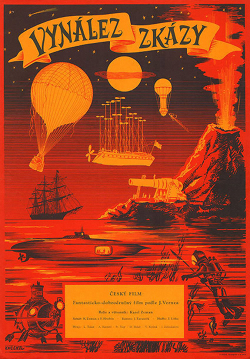
Jules Gabriel Verne was a French novelist, poet, and playwright. His collaboration with the publisher Pierre-Jules Hetzel led to the creation of the Voyages extraordinaires, a series of bestselling adventure novels including Journey to the Center of the Earth (1864), Twenty Thousand Leagues Under the Seas (1870), and Around the World in Eighty Days (1872). His novels, always well documented, are generally set in the second half of the 19th century, taking into account the technological advances of the time.

Journey to the Center of the Earth is a 1959 American science fiction adventure film in color by De Luxe, distributed by 20th Century Fox. The film, produced by Charles Brackett and directed by Henry Levin, stars James Mason, Pat Boone, and Arlene Dahl. Bernard Herrmann wrote the film score, and the film's storyline was adapted by Charles Brackett from the 1864 novel of the same name by Jules Verne.

Sir George Hubert Wilkins MC & Bar, commonly referred to as Captain Wilkins, was an Australian polar explorer, ornithologist, pilot, soldier, geographer and photographer. He was awarded the Military Cross after he assumed command of a group of American soldiers who had lost their officers during the Battle of the Hindenburg Line, and became the only official Australian photographer from any war to receive a combat medal. He narrowly failed in an attempt to be the first to cross under the North Pole in a submarine, but was able to prove that submarines were capable of operating beneath the polar ice cap, thereby paving the way for future successful missions. The US Navy later took his ashes to the North Pole aboard the submarine USS Skate on 17 March 1959.

Paris in the Twentieth Century is a science fiction novel by Jules Verne. The book presents Paris in August 1960, 97 years in Verne's future, when society places value only on business and technology.

Mary Ellen "Mala" Powers was an American actress.

Five Weeks in a Balloon, or, A Journey of Discovery by Three Englishmen in Africa is an adventure novel by Jules Verne, published in 1863. It is the first novel in which he perfected the "ingredients" of his later work, skillfully mixing a story line full of adventure and plot twists that keep the reader's interest through passages of technical, geographic, and historic description. The book gives readers a glimpse of the exploration of Africa, which was still not completely known to Europeans of the time, with explorers traveling all over the continent in search of its secrets.

Tom Ayrton is a fictional character who appears in two novels by French author Jules Verne. He is first introduced as a major character in the novel In Search of the Castaways (1867–1868). He then reappears in a later novel, The Mysterious Island (1874), in which his fate, left unknown at the ending of the previous novel, is resolved, and during the course of which his character undergoes change and achieves a redemption.

Mysterious Island is a 1961 science fiction adventure film about prisoners in the American Civil War who escape in a balloon and then find themselves stranded on a remote island populated by giant and tiny animals.

Naftuli Hertz "Nathan" Juran was an Austrian-born film art director, and later film and television director. As an art director, he won the Oscar for Best Art Direction in 1942 for How Green Was My Valley, along with Richard Day and Thomas Little. His work on The Razor's Edge in 1946 also received an Academy nomination. In the 1950s, he began to direct, and was known for science fiction and fantasy films such as Attack of the 50 Foot Woman. He was also the brother of quality guru Joseph M. Juran.

Jules Verne's Rocket to the Moon is a 1967 British science fiction comedy film directed by Don Sharp and starring Burl Ives, Troy Donahue, Gert Fröbe and Terry-Thomas.

Master of the World is a 1961 colour science fiction film based on the Jules Verne novels Robur the Conqueror and its sequel Master of the World, with a screenplay written by Richard Matheson. The film stars Vincent Price, Charles Bronson and Henry Hull and was directed by William Witney and produced by Samuel Z. Arkoff, Anthony Carras and James H. Nicholson. American International Pictures released the film as a double feature with a gorilla movie titled Konga.

Invention for Destruction is a 1958 Czechoslovak black-and-white science fiction adventure film, directed by Karel Zeman, produced by Zdeněk Novák, and starring Lubor Tokoš, Arnošt Navrátil, and Miloslav Holub. Based on several works by Jules Verne, primarily his 1896 novel Facing the Flag, the film evokes the original illustrations for Verne's works by combining live actors with various forms of animation.

Charles Hirsch Schneer was an American film producer, best known for working with Ray Harryhausen, the specialist known for his work in stop motion model animation.

The Black Castle is a 1952 American historical gothic horror film directed by Nathan H. Juran and starring Richard Greene, Boris Karloff, Stephen McNally, Rita Corday and Lon Chaney Jr. It was produced by William Alland. The film was made in the United States but premiered in Sweden.
The Woolner Brothers were an American film releasing company formed in 1955, made up of Lawrence, Bernard, and David Woolner.

Five Weeks in a Balloon is a 1962 American adventure film loosely based on the 1863 novel of the same name by Jules Verne filmed in CinemaScope. It was produced and directed by Irwin Allen; his last feature film in the 1960s before moving to producing several science fiction television series. Although set in Africa, it was filmed in California. Balloonist Don Piccard acted as the film's technical advisor. For visual effects, a model of the balloon was used as well as a full-sized unicorn gondola hung from a crane. A novelisation of the screenplay was written by Gardner Fox.

The Jules Verne Awards were a set of annual film awards, awarded from 1992 to 2012 in Paris, France. The awards are for "celebrating achievements in arts, exploration, and conservation, in the tradition of French writer Jules Verne".
Valley of the Dragons is a black and white 1961 American science fiction film loosely based on Jules Verne's Off on a Comet and heavily dependent on stock footage from the movies One Million B.C., King Dinosaur, Cat-Women of the Moon and Rodan. Director Edward Bernds says the film was built around stock footage from One Million B.C.
Peter Levathes was an American film and advertising executive, best known for briefly running 20th Century Fox.

Eugène Godard Ainé was a French aeronaut, born in Clichy on August 26, 1827, died in Brussels on September 9, 1890.

















